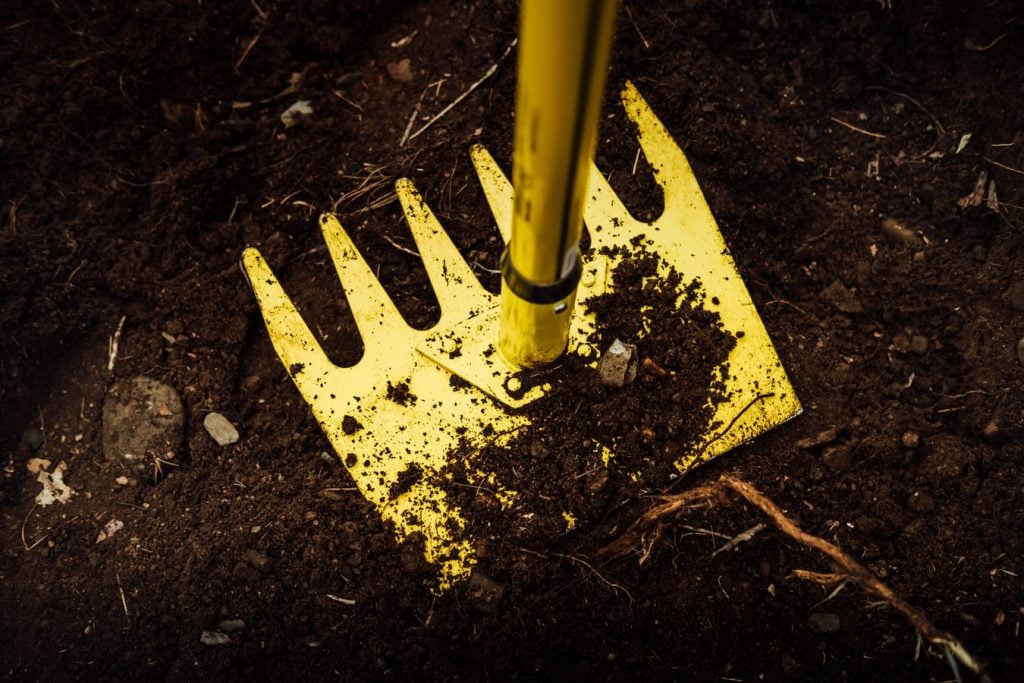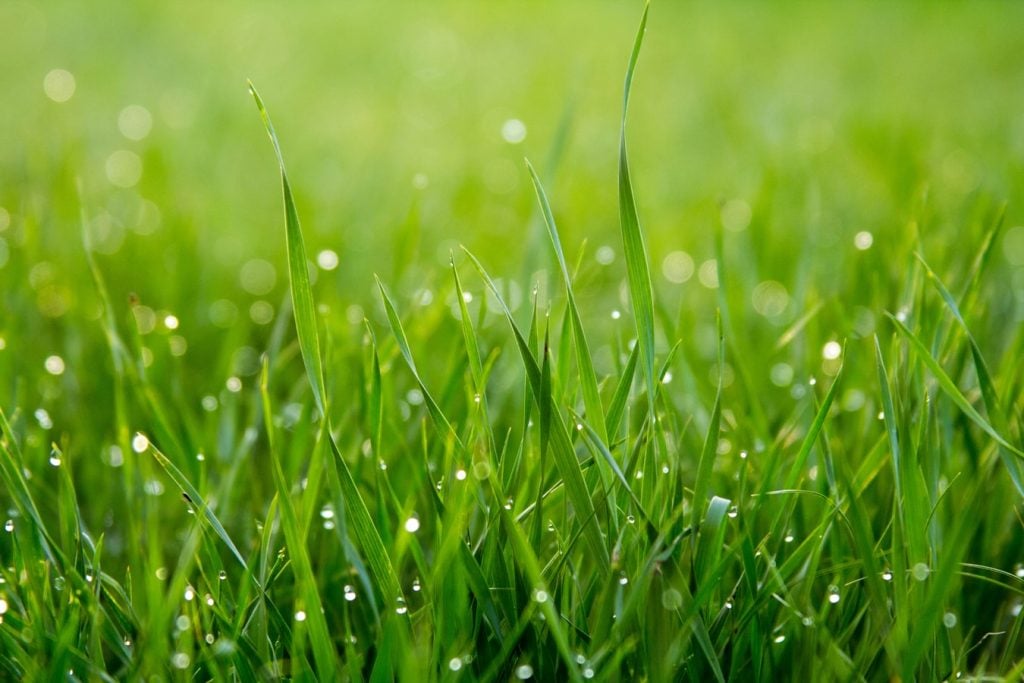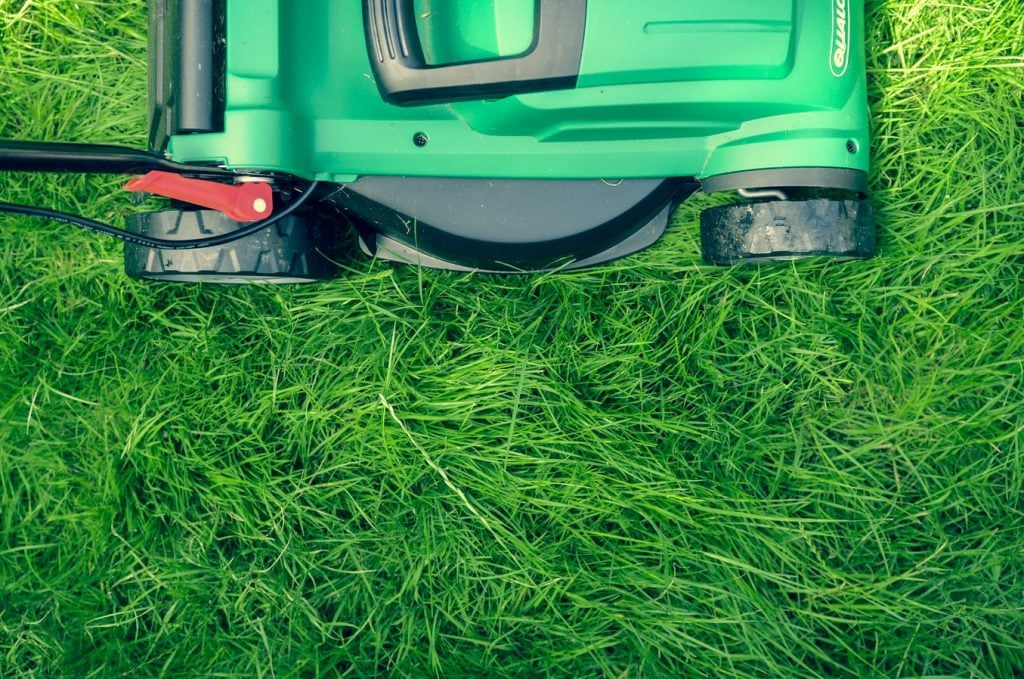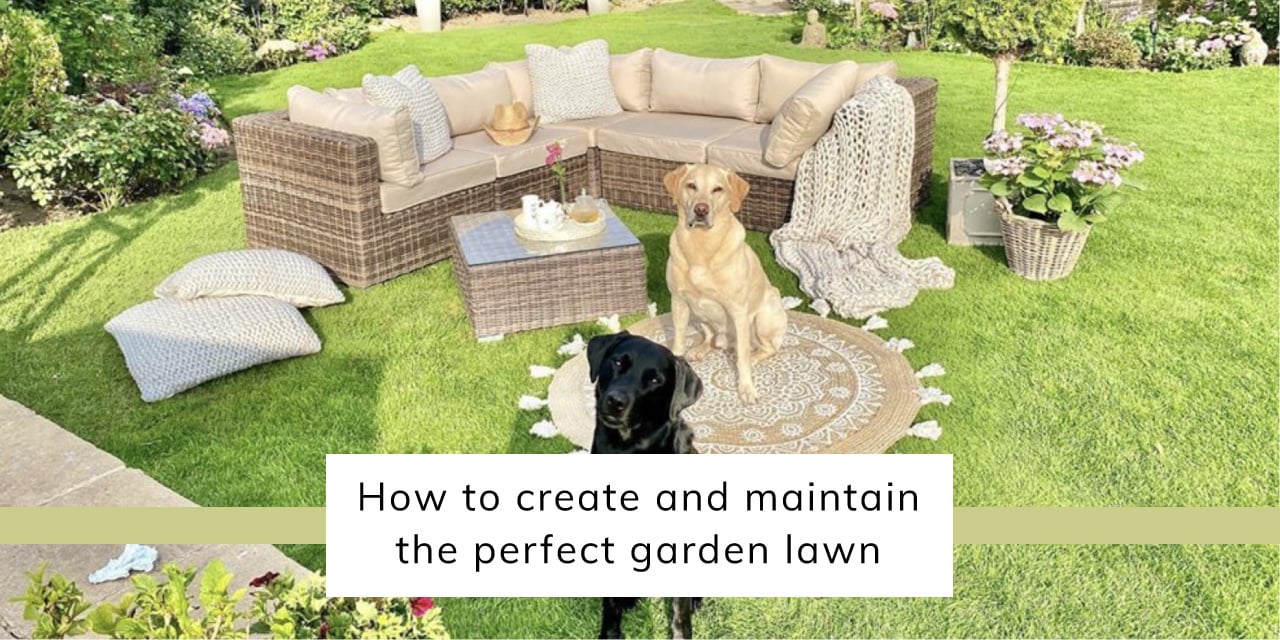How To Create And Maintain The Perfect Garden Lawn
Summer is just around the corner, so you need to ensure your garden is looking perfect and one way of doing this is ensuring your garden lawn looks the part. Your lawn is the standout feature of your garden, and if it doesn’t look bright and healthy, the rest of your garden won’t either. Getting your lawn looking perfect isn’t always easy (as I’m sure you know) but with some simple tips, you can get your garden lawn looking perfect for summer.
Here is a breakdown of the steps you need to take to get the perfect lawn:
- Size – Measure the size of your space before adding turf or lawn seeds
- Turf or seeds – Depending on how much you want to spend on your lawn pick between an expensive turf or cost-effective lawn seed.
- Prepare – Remove debris from the lawn area to get it ready to be turfed or seeded.
- Feed – Scatter a lawn treatment over your turf to give it all the nutrients it needs to grow.
- Weed – Remove weeds by pulling them out of your lawn, try to remove the root so they don’t grow back.
- Water – Every morning you should water your lawn, judge this yourself depending on the weather forecast, as you don’t want to overwater.
- Mow or trim – Mowing your lawn is a must to keeping it looking neat and not overgrown.
- Protect – Protect your lawn by removing debris and weeds immediately.
- Repair – Remove dead patches of grass by re-seeding or adding new turf.
- Repeat – Repeat the steps above every year to ensure you have a stunning lawn each summer.
Beneath is each step in greater detail.
Step 1 - Size
Assuming that you are starting from scratch, without a lawn, you’ll need to work out the layout of your garden (skip to step 3 if you already have a lawn). Working out the layout prior to having a lawn will ensure that you know which areas will have more sun than others.
Step 2 - Turf or seeds
The next question you have to ask yourself (and it's totally up to you to decide) is whether you want to have a lawn or seeds. The difference will be that purchasing a new lawn will ensure your grass is fitted immediately and will look perfect. However, this is much more expensive, so a cost-effective technique is to plant grass seeds. Planting and growing seeds is a much longer process, though you will save a lot of money.
The decision on grass or seeds really does depend on your situation, if you want a lawn fitting instantly, go for the grass which will be more expensive but after a few months, it’ll be next-to-no maintenance until the following year. Seeds need to be nurtured, with sunlight and water, so make sure you’re ready for this if seeds are your choice.
Step 3 - Prepare
No matter whether you already have a lawn, you’re about to put one down, or you’re going to plant seeds, it's vital to prepare in order to get it looking perfect. The preparation stage starts by removing debris, which might be rocks, weeds or any rubbish that might have blown into your garden. If you are wanting to lay down turf or plant seeds, then it's vital to turn the soil over with a fork or rake.

After you have turned over the soil you can sit back for a few weeks until it settles. Then it's time for you to lay down your turf, or begin the seeding process. From this point on in the perfect lawn process, whether it be turf or seeds, you will be following the same steps!
Step 4 - Feed
Step 4 is one of the keys to ensuring your garden lawn is perfect. It's all bout feeding your lawn, ensuring it has the right nutrients to grow into a stunning looking lawn. The aim is to have a perfect lawn for the entire year, from spring right through to autumn. The so-called Spring feed should occur in either March or April, depending on the climate of where you live in the UK. The one thing you don’t want to do is to feed your grass too late, causing a delay in the process. Around 3-4 months after the Spring feed you should think about the Summer feed. If it hasn’t rained for a long period, you must water your lawn as the feed will not work on dry grass. The final feed of the year) and the most important) should be done in September. You might be wondering why the most important feed in the year is after summer? Well, that’s because this feed ensures your grass is ready to look perfect the following year.
Step 5 - Weed
Removing weeds from your lawn is an absolute must, as they not only ruin the look of your grass but also prevent the grass from growing. The best way to stop weeds from growing is to prevent them from growing in the first place. The way to prevent weeds from growing on your grass is regularly feeding and mowing your lawn, failure to do this will see a build-up of weeds over time.
You might be reading this a little too late, however, and if you are then you’ll need to be a bit tougher. If it's possible for you to, then you should remove the weeds by hand, ripping out the root which will stop the weed from growing back. It might be too late for this as well, and if so you should use a chemical weedkiller to remove any weed and prevent it from growing.
Apply weedkiller in the heart of summer as this is when they are most likely to grow. You should also know that weedkiller can not be added to a newly turfed lawn, this will have long-term effects on your grass and may even prevent it from growing.
Step 6 - Water
This one feels like an obvious tip, but you’d be surprised how many people don’t water their lawn. The main reason people don’t tend to water their lawn is due to it not actually needing to be watered. In fact, it's incredibly damaging to your lawn if you water every so often, it needs to be watered on a regular basis, as watering randomly will cause stress to the grass and prevent it from growing.
Try to water your grass and other plants in your garden in the morning, this allows the water to fully penetrate your soil before the sun rises. Watering your lawn is all based upon your own judgement, our tips are super-helpful but you know more than us about the weather your area tends to receive. It's easy to judge whether you’re watering too much as you’ll be able to see clogged areas with excess water.

Should water begin to roll off the soil, you’ve been watering your lawn too much, as the grass cannot absorb any more additional water. This is why it's key to keep your eye on the weather forecast as you don’t want to water before heavy rainfall. For more tips on watering your lawn, check out this helpful blog post!
Step 7 - Mow or Trim
Mowing your lawn to keep your garden looking tidy is also a task that you must do. An overgrown and untreated lawn will see weeds grow which will eventually damage your lawn. You’ll most likely have to mow your lawn from March throughout the summer up until October.
In the Spring and Autumn, you should mow your lawn once a week, this is for those of you who have a regular lawn. If you’re wanting a lawn with longer grass then this should be left until the summer.

Most lawns in the summer will need to be mowed around twice a week. If you prefer to have longer grass, then mow your lawn once or twice throughout the summer.
Throughout winter it won’t be necessary for you to mow your lawn as the grass will stop growing. You should not attempt to mow your lawn in frosty or icy conditions.
Step 8 - Protect
Protecting your grass is another important step in getting the perfect lawn for the summer. One of the ways to protect your lawn is to ensure rubbish and debris is removed as quickly as possible. Remove weeds as and when they appear as this will prevent them from spreading. As per the previous two steps regularly water and mow your lawn to keep it look fresh and ensuring it stays healthy. Another really helpful tip that most people don’t know is to completely avoid using your grass in the winter as using your lawn in the winter will prevent it from growing to the same standard the following year.
Step 9 - Repair
Dead or dying grass will need to be repaired, so look out for discolouring as this is a sign that your grass is beginning to die.
Re-seeding a lawn starts by removing any patches of lawn that have dead or dying grass, using a rake scrape away this grass as well turning over the soil that sits beneath. Once the soil has been turned you need to add your lawn seed. Water this area as frequently as possible with a small amount of water every couple of weeks.
Another option is to re-turf the dead patch of lawn. This can be done by cutting or digging the dead grass out of the lawn, measuring the area and then cutting a patch of grass to fit into the soil. The new layer of turf will need to be rewatered several times a week.
Step 10 - Repeat for the perfect lawn
Don’t forget the process and steps that we have taken you through to ensure you have the perfect garden lawn and repeat the same techniques the following year! A lawn that looks perfect will create a stunning look in your garden and have your neighbours jealous all summer long.
Remember to regularly water, mow and protect your lawn to ensure it stays in perfect condition.
We hope with our simple 10 step guide you will have a perfect lawn this summer. For more helpful tips keep your eye on our blog page.
Sign up for our emails below, so we can send you blogs on gardening tips, as well as updates on our sales, so you don’t miss out on those garden furniture bargains!








